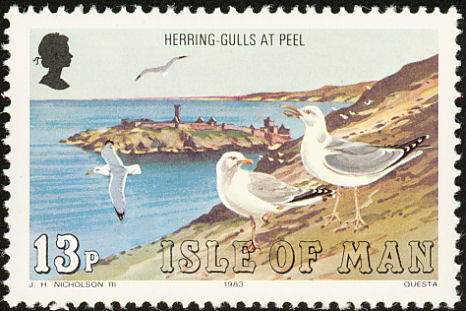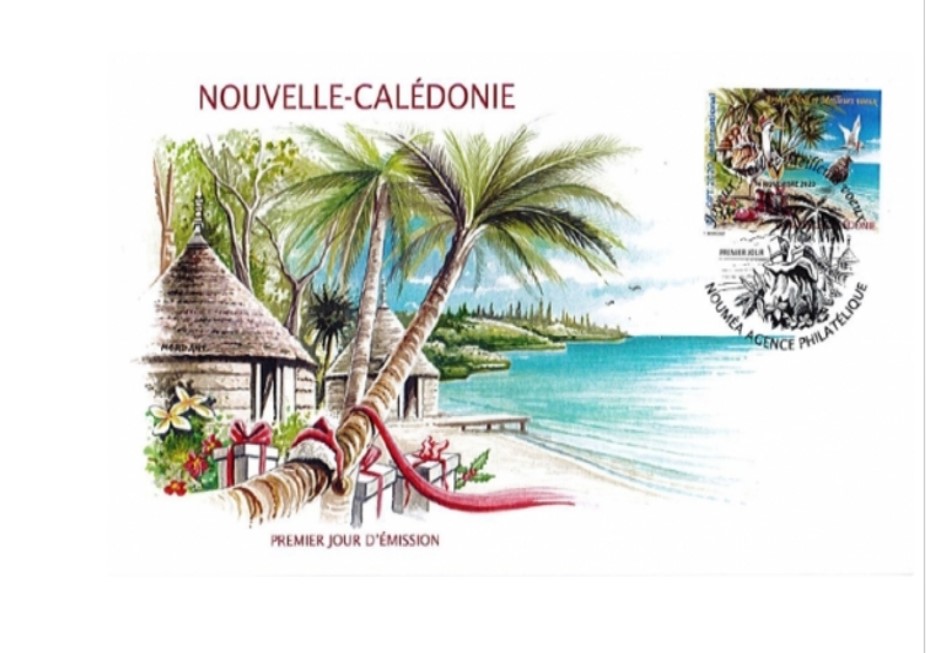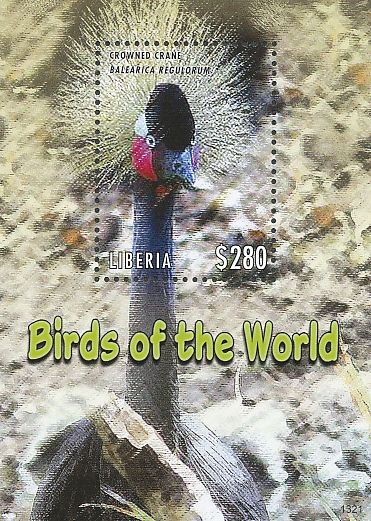Some Lapwings fly out of the wallpaper
I am greatly indebted to member Ton Plug for bringing these small mysteries to my attention as I had never seen them before. And after a few hours of internet excavation, whilst better informed, I am still a little uncertain about them.
The accompanying images show two Guyana stamps – a pair of a $6 Northern Lapwing (Vanellus Vanellus) (a and b), and then a further pair of the same stamps surcharged and overprinted $20 (c and d). But when were they issued? Which is a pretty a good question, because I am not sure.




You’ll probably recognise the design. Guyana produced two mini-sheets entitled “Birds of the World” for “Philakorea 94” and issued them on 16th August 1994. The sheets, each with twelve designs, depicted a variety of species but only two of which could actually be found in Guyana. Needless to say, the Northern Lapwing was not one of the native birds and it is amazing that they didn’t use the local sub-species of the Southern Lapwing (Vanellus c. cayennensis). The stamps on both sheets included the event logo and had a vertical rectangular format, each with the value of $35.






